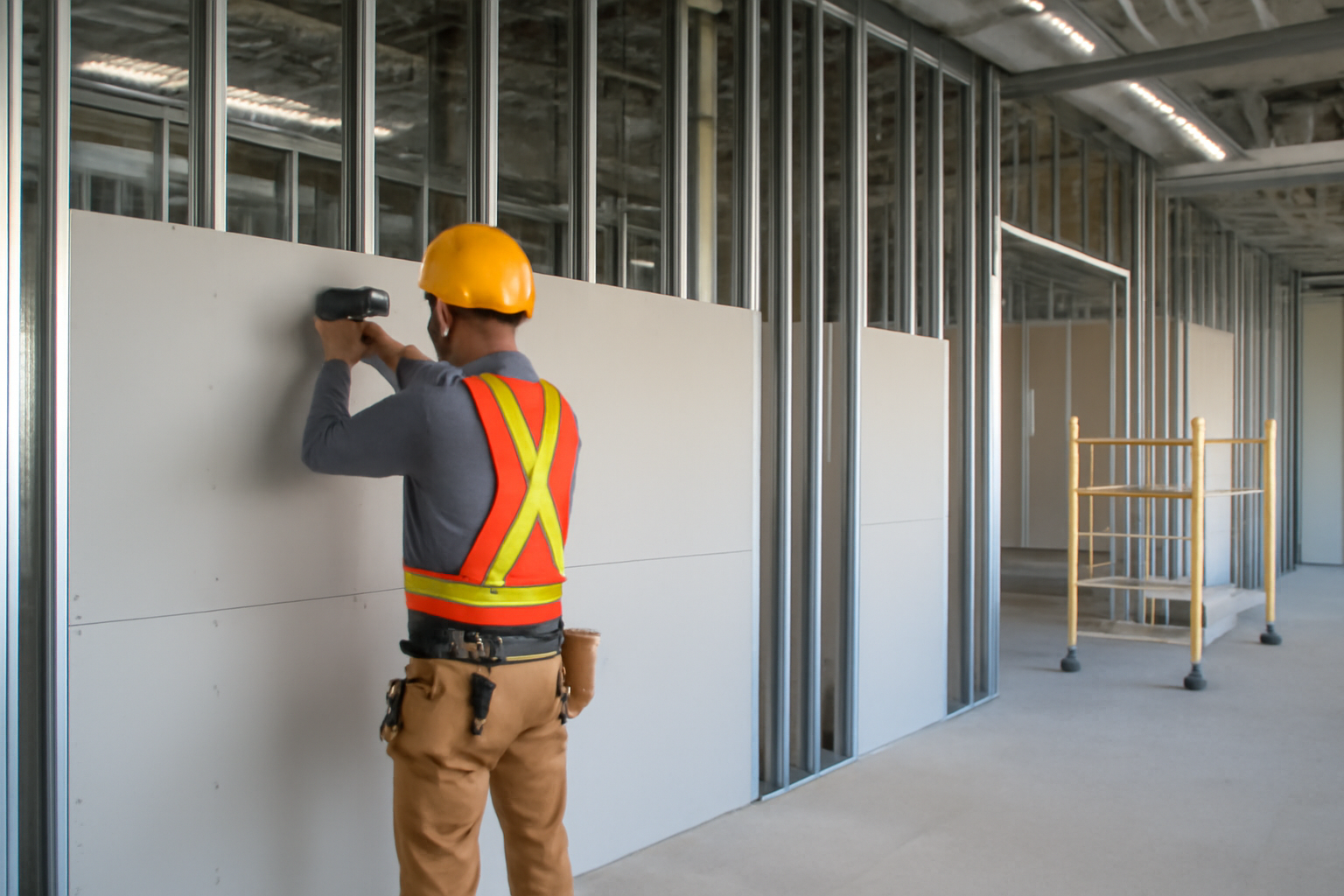
Creating a detailed and consistent drywall takeoff checklist is a foundational step toward improving accuracy, transparency, and efficiency in your estimating workflow. While software innovations are transforming the way takeoffs are performed, the logic behind the checklist remains just as essential. For architects, engineers, and general contractors, aligning on a clear takeoff checklist ensures uniform expectations across all teams and drives better project predictability.
Takeoff errors—whether omissions, misclassifications, or redundancies—can derail project budgets and schedules. A structured checklist helps mitigate risk by ensuring nothing is left to guesswork.
Digital tools like Active Estimating allow estimators to pre-load templates with these checklist categories. That ensures consistency while adapting to each project’s unique conditions. The platform supports automated tagging and real-time visualization, which improves accuracy across teams and design updates.
When paired with benchmarking tools and version control, a checklist evolves from a static reference into a live quality control tool. For example, drywall estimating software can instantly flag deviations from standard wall assemblies or highlight scope inconsistencies between floors.
Estimating is more than just counting sheets—it’s about understanding the building's structure and ensuring all variables are accounted for. A well-developed drywall takeoff checklist, supported by technology and field insights, is a key step toward delivering estimates that inspire confidence and minimize costly surprises.
Contact Information:
Active Estimating
508 2nd Street, Suite 208
Davis
California
95616
Rich Schoener
richard@activeestimating.com
(877)
Schedule a personalized demo to see how Active Estimating can work for your specific needs.
